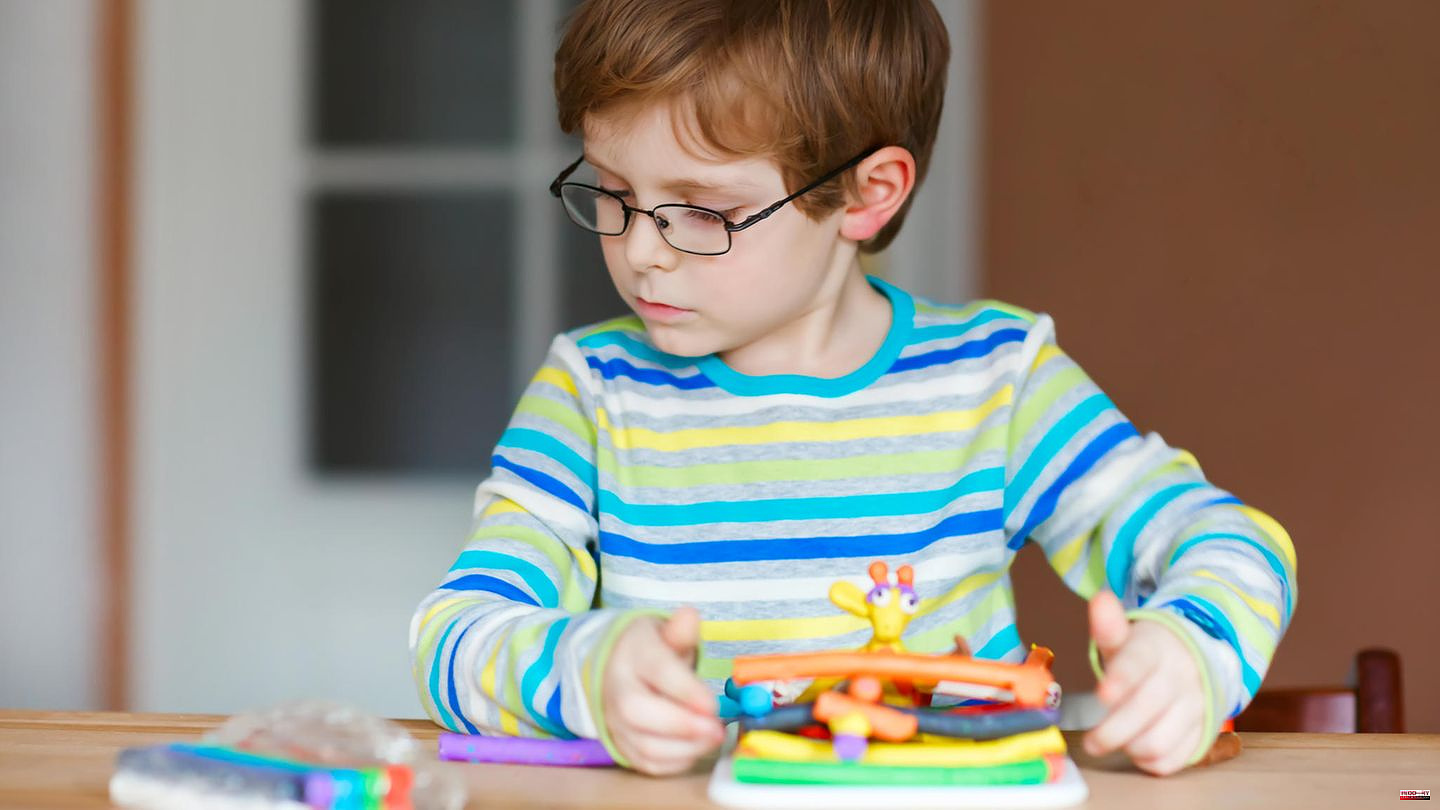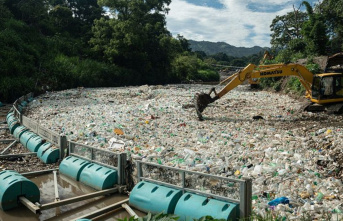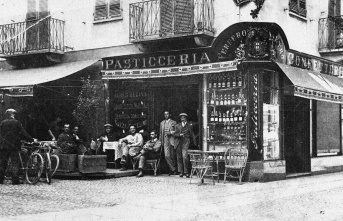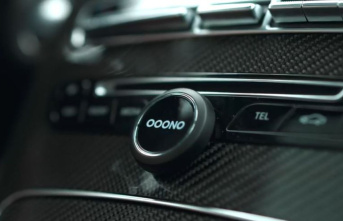1954 is the birth year of Fimoik, a type of putty made up of three words: Fifi (the nickname of its inventor), modeling clay and mosaic. It was not until the mid-1960s that the name was changed to Fimo, following the takeover of Faber. Staedtler has owned all rights since 1978. However, the recipe remained the same and was only changed in 2006 after consumer protection classified the plasticizers containing phthalates as harmful to health. There is now a wide range of different "varieties" with different properties. This article explains what they are and what you should know before using them.
Fimo is a registered brand name for a modeling clay that is easy to shape and therefore ideal for handicrafts - regardless of which type of Fimo you choose. However, there is a difference in how the putty hardens: it either has to go into the oven (how this works exactly, read at the end of the article) - or it dries out in the air, in which case it is so-called Fimo air. As long as the mass is still raw, it can be designed, stamped and textured as you wish. After curing, the mold is so strong that it can be further processed. Whether carving or turning, drilling or grinding, polishing or drilling: there are no limits to the possibilities. Fimo can then be painted (e.g. with acrylic paint) and then varnished.
Fimo soft Fimo soft is recommended for beginners: the modeling clay is particularly soft and therefore easier to shape. This saves you a lot of kneading and you can start right away. According to the manufacturer, this variety is particularly suitable for making jewelry such as earrings, necklace pendants or brooches, as well as small home accessories and decorative elements.
Fimo professionalFimo professional is suitable for advanced hobbyists and artists. In contrast to the soft variant (and all others), this type is particularly firm, so it has to be kneaded well before the actual processing. But it is also more dimensionally stable and can be used for filigree works of art - also in combination with Fimo soft or Fimo effect.
There is also a slimmed-down version of Fimo kids for children, which was specially developed for small hands: Fimo kids is very soft and can therefore be easily shaped. The CE-certified modeling clay contains easy-to-understand step-by-step instructions that children can use to help with their crafts. Matching sets are available for children ("Form
Fimo effect Particularly beautiful effects can be achieved with this type of Fimo: If you want your works of art to shine, glitter or shine (which would certainly be useful for jewelery and decorations), you can use Fimo effect. The material as well as the surfaces are available in different variants, for example metallic and glitter, pastel and pearl.
Fimo leather-effectThis type should not only look like leather, but also feel the same: the Fimo leather-effect can be cut, sewn, punched and embossed even after it has hardened. The modeling clay is very flexible and therefore ideal for crafting leather-like accessories (e.g. bracelets, bags, chains).
Depending on which type of Fimo you choose, you need to consider the following points when hardening:
Important for parents to know: According to the manufacturer, Fimo is suitable for children from the age of eight - as the modeling clay could be swallowed. In this case, the following applies: The oven-hardening modeling compound cannot gel in the stomach, since temperatures above 90 degrees are required for this. It can therefore not lead to injuries in the stomach. In addition, you should not leave your offspring unattended when the dough goes into the oven.
Important to know for adults: Never clean Fimo in the dishwasher, as the cleaning agents would attack and damage the material. If the modeling clay has become too hard, for example due to drying out in the fresh air, you can soften the modeling clay with "Mix Quick". And should a part of the work of art break off, you can attach it again with ordinary superglue.
This article contains so-called affiliate links. There is more information here.












